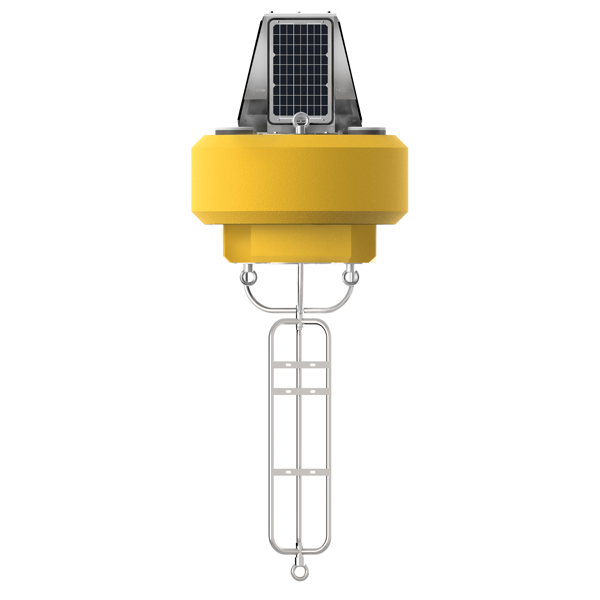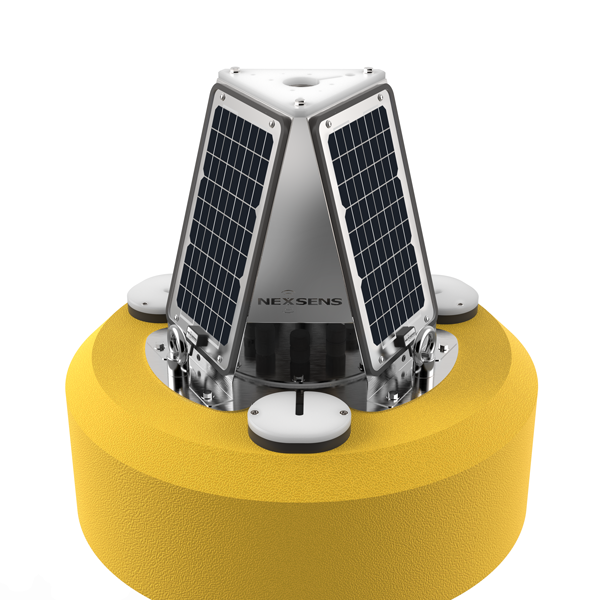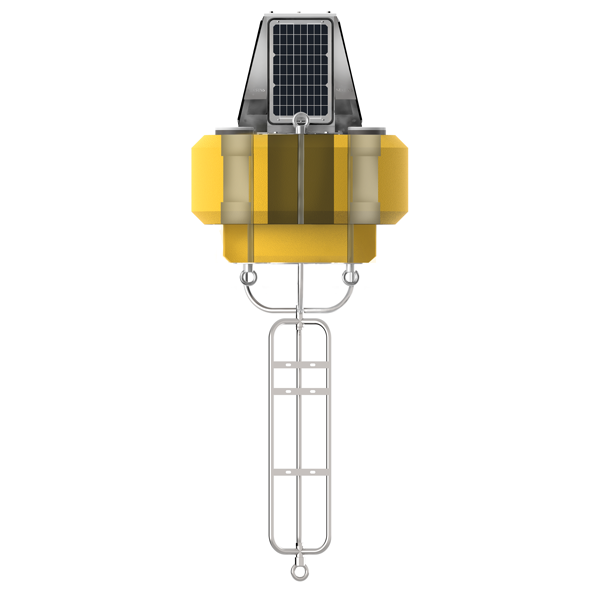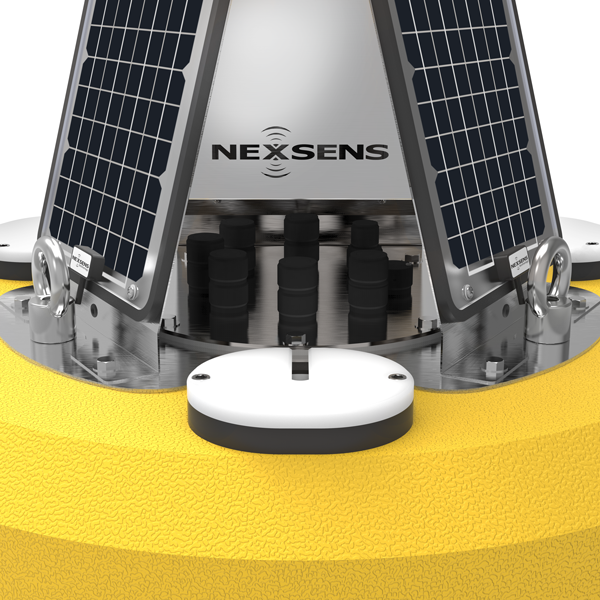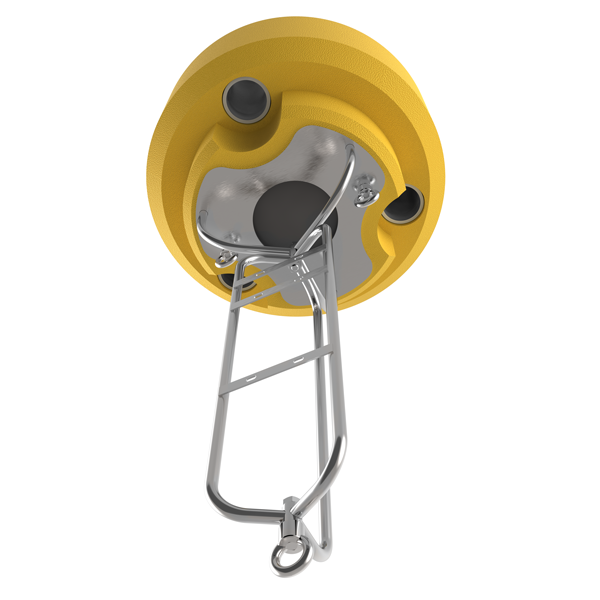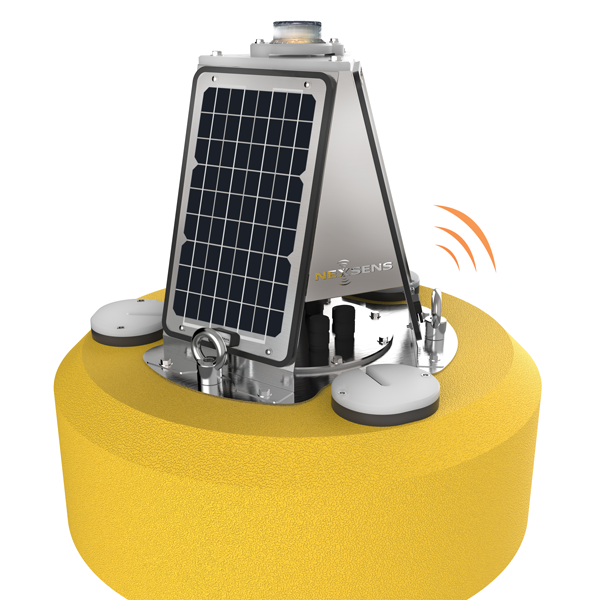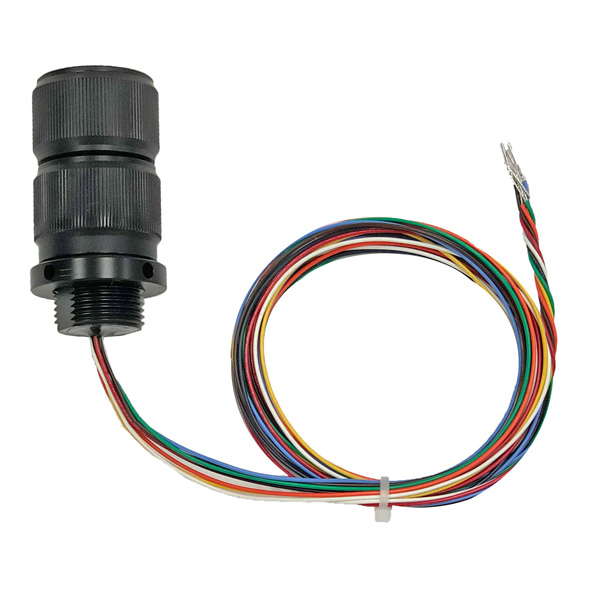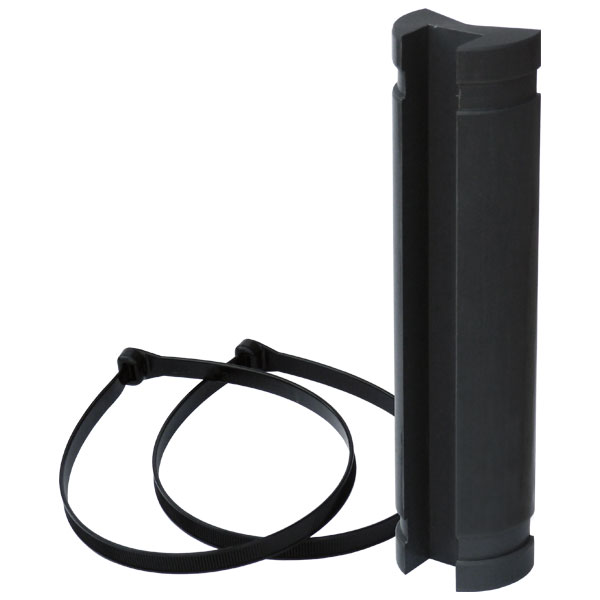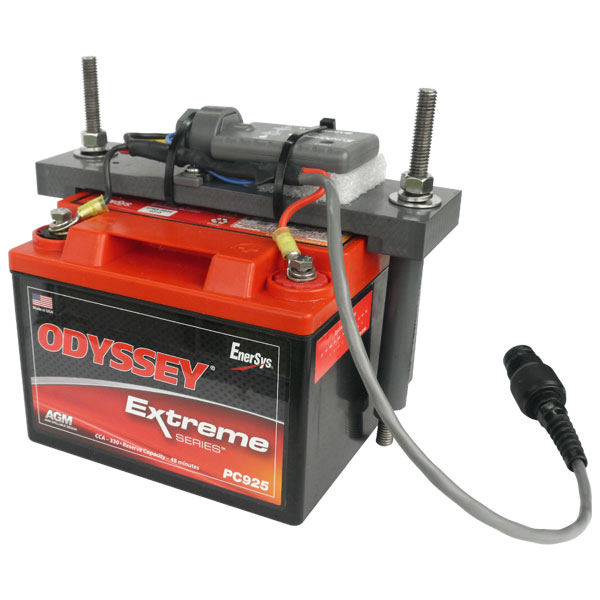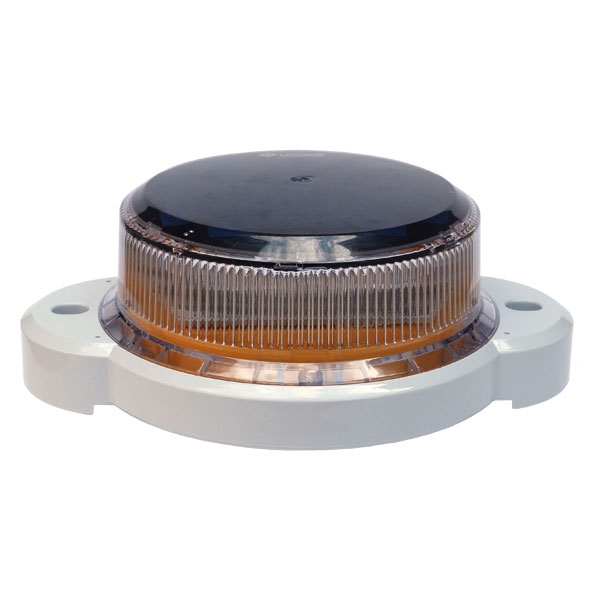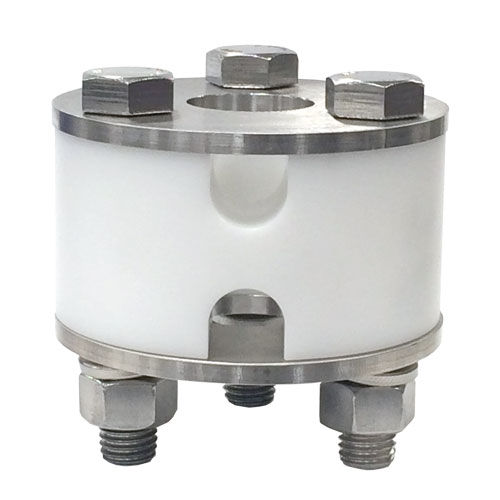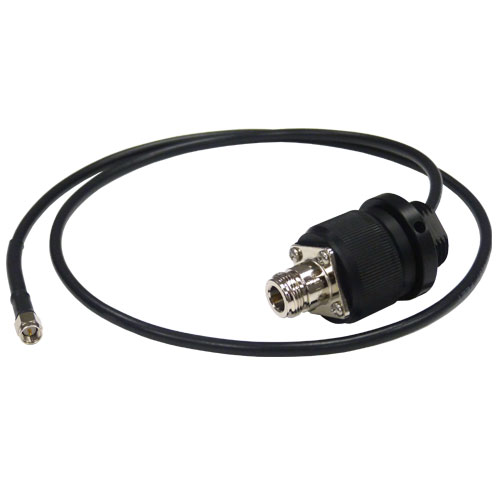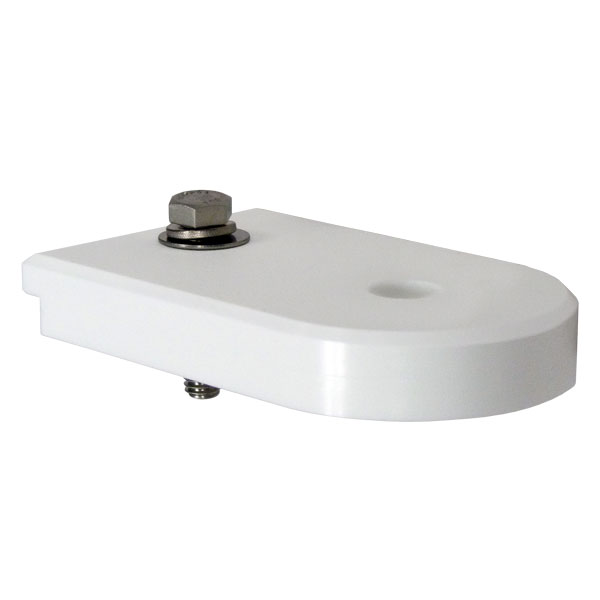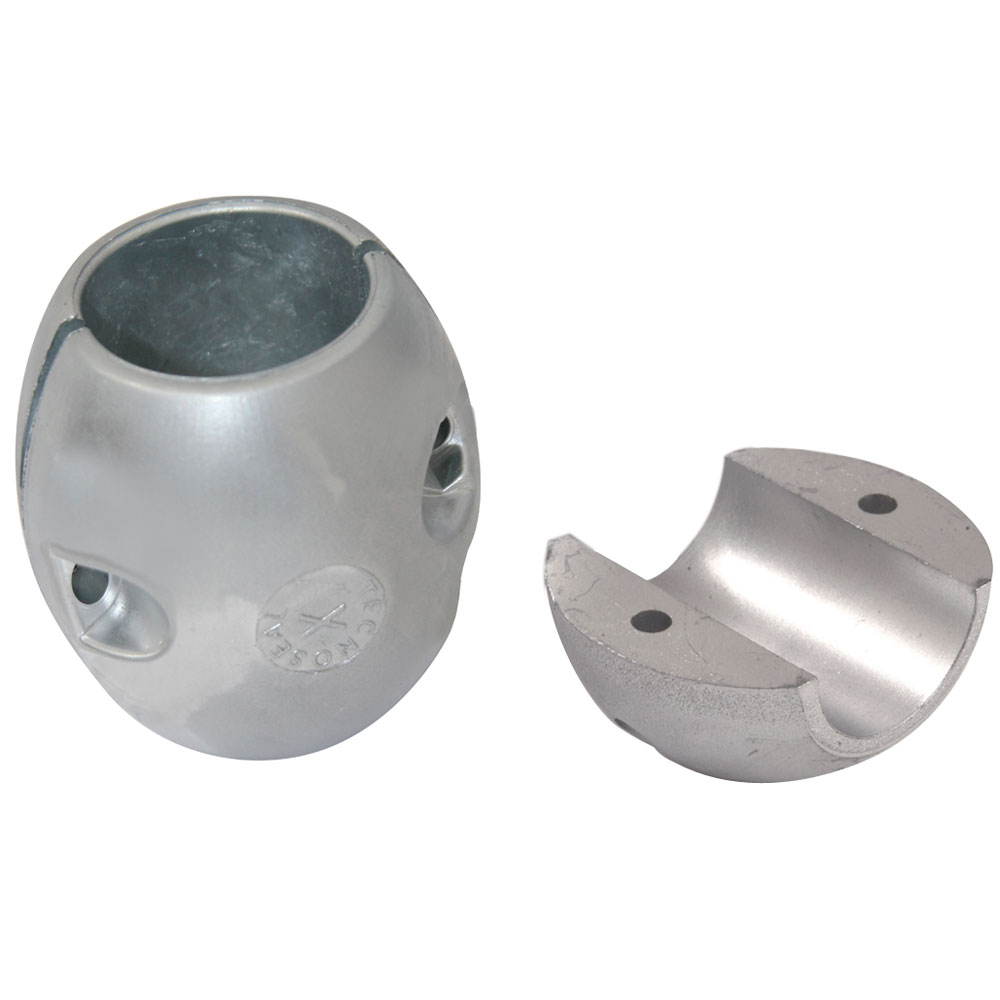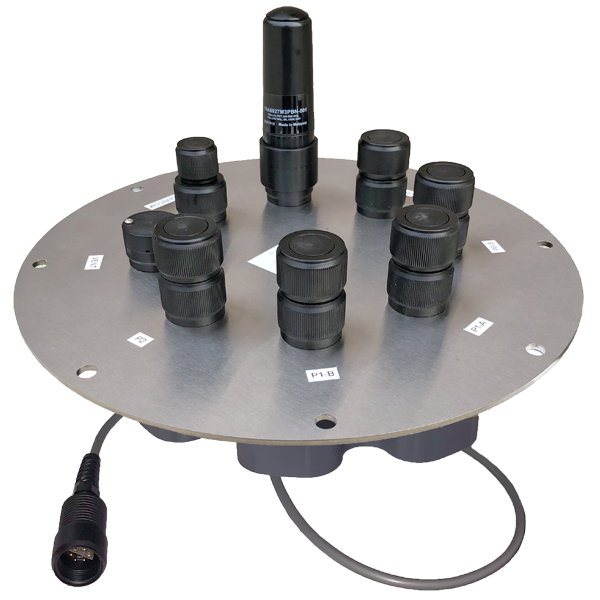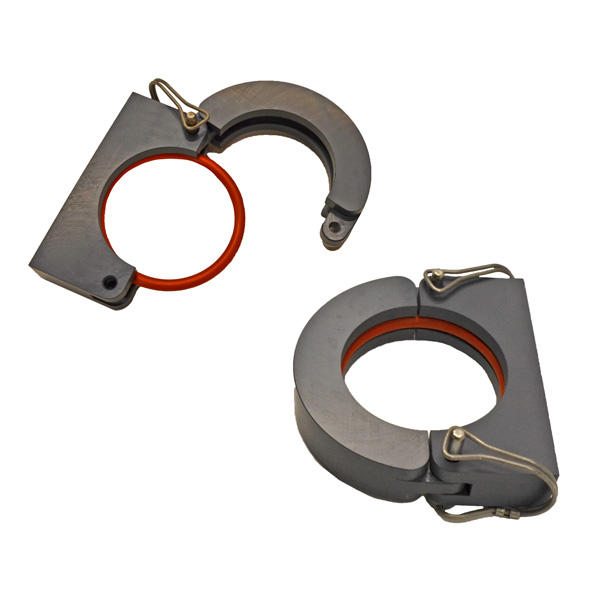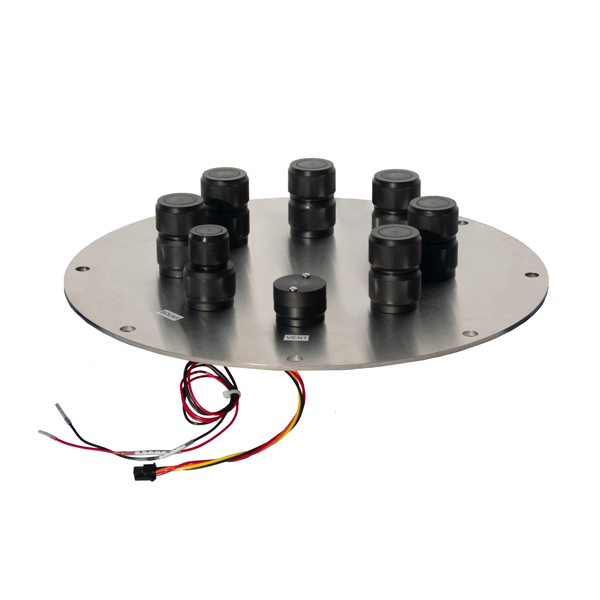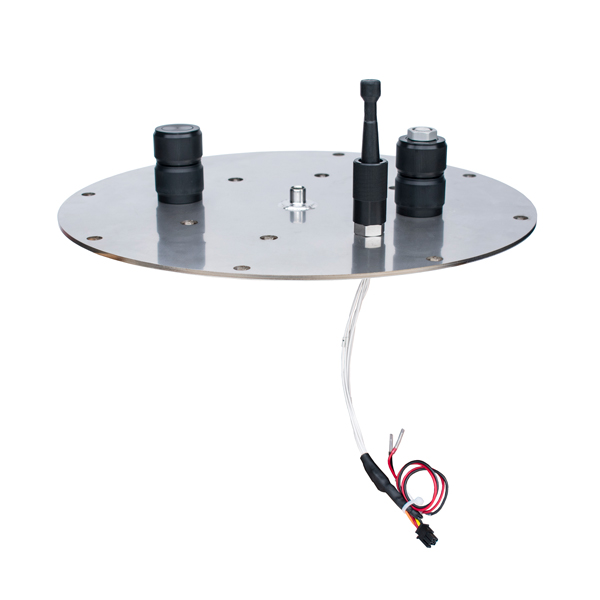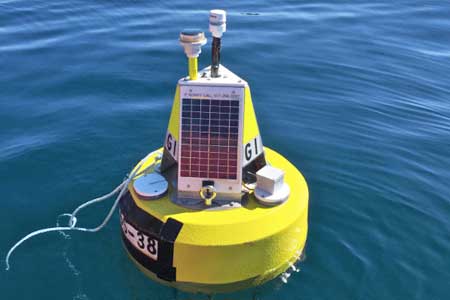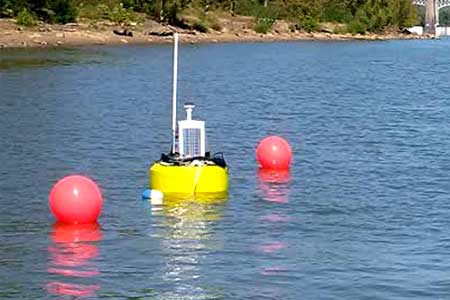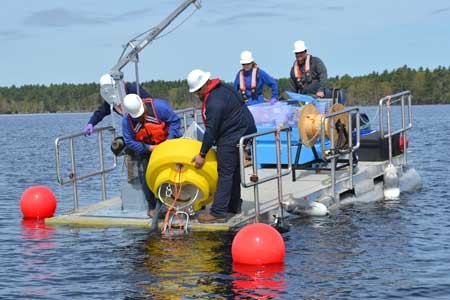CB-450 Data Buoy
The CB-450 data buoy is ideally suited for dredge turbidity monitoring, temperature profiling, dissolved oxygen monitoring, limnology research, and weather monitoring on inland lakes.
Features
Tech Specs
- Hull Outer Diameter: 34.0” (86.4cm)
- Hull Height: 20.0” (50.8cm)
- Data Well Inner Diameter: 10.3” (26.2cm)
- Data Well Height: 19.5" (49.5cm)
- Pass-Through Hole Diameter: 4.0" (10.2cm)
- Tower Height: 20.0” (50.80cm)
- Solar Panels: 3x 15-watts
- Weight: 130 lb (59kg)
- Net Buoyancy: 450 lb (204kg)
- Hull Material: Cross-linked polyethylene foam with polyurea coating & stainless steel deck
- Hardware Material: 316 stainless steel
- Mooring Attachments: 3x 3/4” eyenuts
Q&A
Freezing and periodic maintenance are the two most common reasons to remove a buoy from the water. A large number of buoy deployments are seasonal, so customers will commonly remove the buoy in the fall and redeploy in the spring. For year-round buoy deployments, NexSens recommends pulling the buoy at least once for cleaning and maintenance inspection.
The potential for large storms and river debris flows are also good reasons to pull a buoy in order to prevent any ensuing damage. NexSens recommends integrating a GPS in situations where debris loads or other circumstances have the potential to move the buoy, like in a river or coastal setting.
Accessories
Case Studies
Sturdy Little Buoy, Tremendous Predictive Power
Two solitary data buoys floating off the storm-tossed Lake Superior shore near Munising and Granite Island were sudden stars in 2017. That October, they captured the largest waves ever measured on the Great Lakes—each 28.8-foot high—during a storm that claimed the lives of two people swept off rocks. This attention-getting event shows how buoy data help managers and the public comprehend the otherwise unimaginable force of a wild Lake Superior […]
Read More →Protecting Ohio River Wildlife
A complex series of locks and dams up and down the Ohio River enable interstate commerce, travel, and recreation. But maintaining a usable pathway for watercraft comes at a cost. The inevitable byproducts of disrupting the river’s natural systems are a threat to local wildlife. To combat this, the US Army Corps of Engineers (USACE) uses complex monitoring and response technology designed to minimize the negative impacts of dredging on […]
Read More →Submerged Sensors of Sebago Lake
Sebago Lake is the second largest lake in Maine—one of the only lakes in the nation with clean enough water for use by a drinking water facility without filtration requirements. Residents of the Greater Portland area are the beneficiaries, and they are invested in maintaining their lake's health. A joint project between the Portland Water District (PWD) and Saint Joseph’s College of Maine (SJC) assisted by the NexSens team submerged […]
Read More →





